X-Men Introduction for Beginners: Simple Marvel Breakdown
Category: Marvel
Your Ultimate Guide to X-Men for New Marvel Fans
If you're a casual Marvel fan or just stepping into the expansive world of superheroes, the X-Men can feel overwhelming. Their stories span decades with complex characters, powerful mutants, and intricate history. Maybe you've heard about Wolverine, Professor X, or the Brotherhood but never quite knew where to start. This guide breaks down the essentials of the X-Men universe into easy, standalone narratives tailored just for you — no comic book expertise required.
You've landed here because you want to get a clear, straightforward introduction to X-Men without sifting through complicated timelines or jargon. Whether you're looking to understand who the X-Men are, what makes them special, or how they fit into Marvel’s larger story, this post will give you the foundational knowledge you need. We focus on simplicity and clarity, helping you appreciate the X-Men’s unique themes of diversity, acceptance, and heroism. By the end, you'll not only recognize key characters and their roles but also grasp why the X-Men remain one of Marvel’s most beloved teams.
Ready to dive in? Let’s simplify the Marvel mutant universe and make the X-Men approachable for every fan—new or returning.
- Your Ultimate Guide to X-Men for New Marvel Fans
- What Are the X-Men? – Introducing Mutants and Their Unique Powers
- The Origins of the X-Men – How It All Began in Comics
- Key Characters to Know – From Professor X to Wolverine and Beyond
- The Philosophy Behind X-Men – Themes of Prejudice, Acceptance, and Fighting for Equality
- Important Teams and Groups – X-Men, Brotherhood of Mutants, and More
- Major X-Men Storylines for Beginners – Simple Summaries of Must-Know Comics and Movies
- How X-Men Fit into the Marvel Universe – Connections and Crossovers with Other Heroes
- X-Men in Pop Culture – Impact on Movies, TV Shows, and Fan Communities
What Are the X-Men? – Introducing Mutants and Their Unique Powers
At the heart of the X-Men universe are mutants—individuals born with a special gene called the "X-gene" that gives them extraordinary abilities beyond normal human limits. Unlike regular superheroes who often gain powers through accidents or technology, mutants are naturally gifted with unique powers that can range from controlling the weather to healing rapidly or reading minds. This genetic mutation sets them apart in the Marvel world and is the foundation of all X-Men stories.
The X-Men themselves are a group of superheroes who use their mutant powers to protect a world that often fears and misunderstands them. Formed by Professor Charles Xavier (Professor X), this team believes mutants and humans can coexist peacefully. Each member’s power is distinct and often comes with strengths and challenges, representing themes of diversity and acceptance. Here are some examples of typical mutant powers featured in X-Men stories:
- Telepathy and mind control (e.g., Professor X and Jean Grey)
- Super strength and animal-like senses (e.g., Wolverine and Sabretooth)
- Energy manipulation and blasts (e.g., Cyclops and Storm)
- Shape-shifting or invisibility (e.g., Mystique)
Understanding this concept of mutants and their unique abilities is key to appreciating why X-Men stories explore not only thrilling battles but also social issues like prejudice, identity, and tolerance. The mutants’ powers can be incredible assets, but they often come with personal struggles, making their heroism relatable and compelling for all fans.
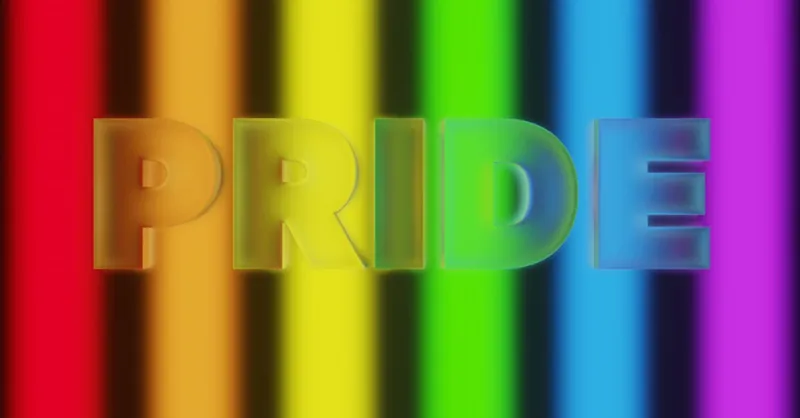
Image courtesy of Michal Rosak
The Origins of the X-Men – How It All Began in Comics
The story of the X-Men started in 1963 with the brilliant mind of writer Stan Lee and artist Jack Kirby, who introduced the team in X-Men #1, published by Marvel Comics. This first issue laid the foundation for the mutant universe, presenting a new kind of superhero team — one made up of teenagers struggling with their extraordinary abilities while facing a world that fears and rejects them. Unlike many superheroes who fit the classic mold of flawless champions, the X-Men were different: complex, flawed, and deeply human.
At the center of this origin is Professor Charles Xavier (Professor X), a powerful telepath who believes mutants and humans can coexist peacefully. He founded the X-Men as a way to protect mutants from harm while teaching them how to control their powers and use them for good. The original lineup included well-known characters like Cyclops, Jean Grey (Marvel Girl), Beast, Angel, and Iceman. Together, they confronted threats from both mutant villains and a prejudiced society, setting the stage for recurring themes of discrimination, identity, and acceptance.
The early comics quickly established key elements that define the X-Men universe: 1. Mutants face societal fear and prejudice, often mirroring real-world social struggles. 2. Teamwork and mentorship are vital, with Professor X guiding young mutants to harness their powers responsibly. 3. Moral complexity, where villains and heroes blur lines, reflecting the challenges of acceptance and coexistence.
This groundbreaking concept captured readers’ imaginations and allowed Marvel to explore deeper social issues within the superhero genre. Understanding the X-Men’s comic book origins helps new fans appreciate how these stories have evolved over decades yet remain relevant, powerful, and inspiring to this day.
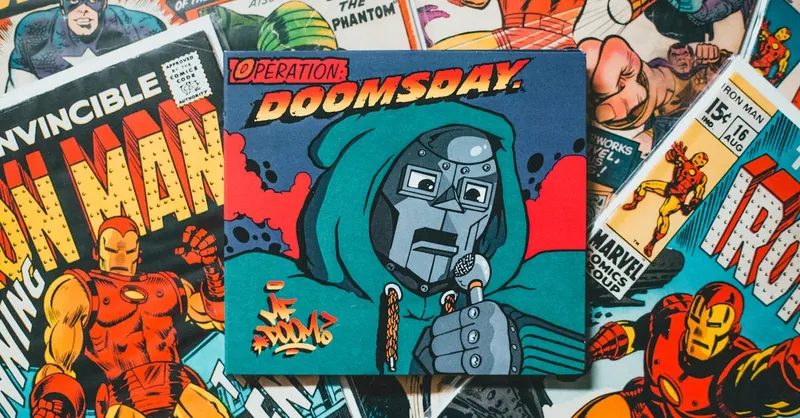
Image courtesy of Erik Mclean
Key Characters to Know – From Professor X to Wolverine and Beyond
Getting familiar with the X-Men means meeting some of Marvel’s most iconic and beloved characters. Each member brings unique abilities and personality traits that shape the team dynamic and the stories that unfold. Below is a quick, beginner-friendly breakdown of the key X-Men characters every casual fan should know:
-
Professor Charles Xavier (Professor X)
The wise and compassionate founder of the X-Men, Professor X is a powerful telepath who advocates for peaceful coexistence between mutants and humans. He serves as a mentor and father figure, guiding mutants to control their powers and stand for equality. -
Wolverine (Logan)
Perhaps the most popular X-Man, Wolverine is known for his healing factor, enhanced senses, and retractable claws coated with unbreakable adamantium. A tough, rebellious loner with a mysterious past, Wolverine embodies the struggle to balance primal instincts with heroism. -
Cyclops (Scott Summers)
The team’s leader in many storylines, Cyclops has the ability to unleash powerful optic blasts from his eyes. He’s disciplined and strategic, often serving as the moral compass of the X-Men, though his strictness can create tension within the team. -
Jean Grey (Marvel Girl/Phoenix)
A powerful telepath and telekinetic, Jean Grey has deep emotional complexity and one of the strongest mutant powers in the Marvel Universe. Her storylines often explore the incredible potential and dangers of mutant abilities, especially as the Phoenix Force host. -
Storm (Ororo Munroe)
An iconic member who controls the weather, Storm is a strong and inspirational leader. She brings both power and grace to the team, representing themes of leadership, empathy, and resilience. -
Beast (Hank McCoy)
Known for his blue fur and superhuman strength, Beast is also a brilliant scientist and intellectual. He often balances his primal appearance with sharp wit and a gentle heart, highlighting themes of acceptance and identity. -
Mystique (Raven Darkhölme)
A shapeshifting mutant who often walks the line between villain and anti-hero, Mystique’s complex motivations and ability to assume any form make her a fascinating and unpredictable character.
These characters are the foundation of many X-Men stories, representing a mix of powers, personalities, and philosophies. Understanding their roles and powers helps you connect with the broader themes of teamwork, identity, and the fight against prejudice that define the X-Men universe. For new Marvel fans, starting with these core mutants makes the vast web of X-Men narratives more approachable and enjoyable.
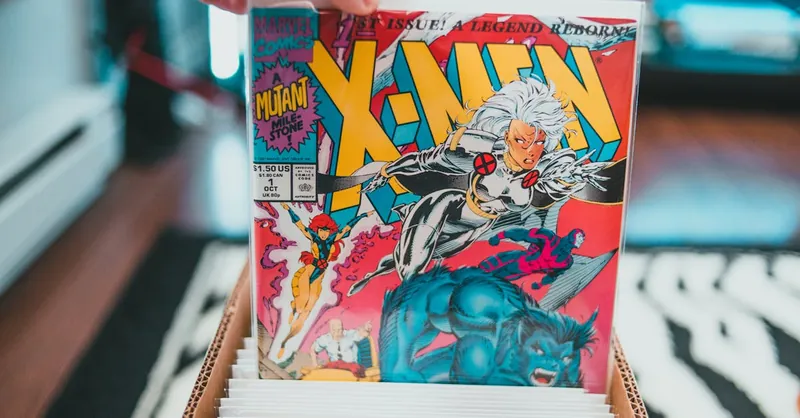
Image courtesy of Erik Mclean
The Philosophy Behind X-Men – Themes of Prejudice, Acceptance, and Fighting for Equality
What truly sets the X-Men apart in the Marvel universe is their powerful exploration of social issues wrapped within superhero stories. At its core, the X-Men saga is about mutants who face fear, hatred, and discrimination simply because they are different. These themes make the X-Men much more than just action-packed comics or movies—they reflect real-world struggles with prejudice, identity, and civil rights.
Prejudice and Fear of the Unknown
The mutant population in the X-Men world is often met with fear and hostility by ordinary humans who don’t understand or trust them. This prejudice leads to discrimination, segregation, and sometimes violence, mirroring historical and ongoing social conflicts around race, ethnicity, and other forms of diversity. Villains and misguided humans, including groups like Sentinels (robots built to hunt mutants), symbolize oppressive systems designed to control or eradicate difference. This ongoing battle against intolerance makes the X-Men’s stories resonate deeply with fans, encouraging empathy and awareness beyond the pages.
Acceptance and Identity
The X-Men team embodies the struggle of mutants coming to terms with who they are—both their strengths and vulnerabilities—and seeking acceptance in a world that often rejects them. Through characters like Wolverine, Storm, and Jean Grey, the narratives examine themes such as self-acceptance, resilience, and the importance of community. The X-Men represent a diverse family where varied backgrounds, personalities, and powers converge to show that differences are not weaknesses but sources of strength and unity.
Fighting for Equality and Coexistence
At the heart of Professor X’s teaching is a powerful message of hope: mutants and humans can live together in harmony, respecting one another as equals. The X-Men’s mission is not just to fight villains but also to challenge injustice and advocate for equality. This ongoing fight inspires fans, portraying heroism not just as physical battles but as a commitment to social justice, understanding, and peaceful coexistence.
By weaving these profound themes into exciting superhero adventures, the X-Men offer more than entertainment—they invite us to reflect on real-life issues of diversity, acceptance, and fighting discrimination, making them one of Marvel’s most meaningful and enduring teams.
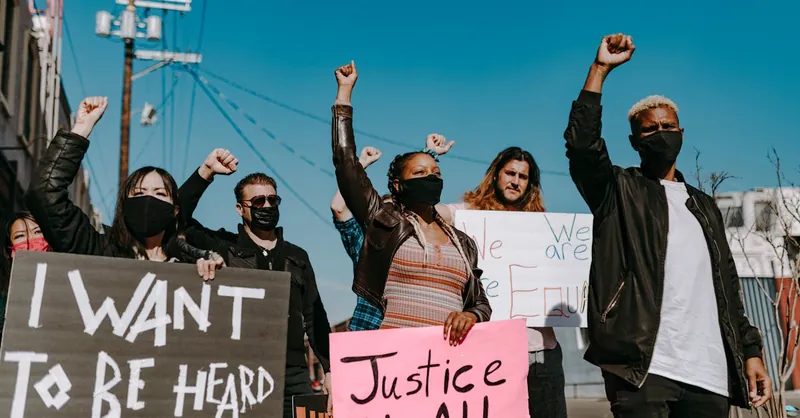
Image courtesy of RDNE Stock project
Important Teams and Groups – X-Men, Brotherhood of Mutants, and More
To truly understand the X-Men universe, it's essential to know about the key teams and groups that shape its stories. These teams aren’t just collections of superheroes or villains; they represent different philosophies and approaches to the mutant struggle—adding depth and variety to the Marvel mutant saga.
The X-Men – Heroes Fighting for Peaceful Coexistence
The X-Men are the central superhero team in this universe, founded by Professor Charles Xavier. Their primary mission is to protect both mutants and humans while promoting peaceful coexistence. Members of the X-Men come from diverse backgrounds and powers, united by their belief in hope, acceptance, and fighting prejudice through courage and teamwork. From classic heroes like Wolverine and Storm to newer members introduced over the years, the X-Men symbolize strength in diversity and the ongoing battle against intolerance.
Brotherhood of Mutants – A Radical Alternative
In contrast to the X-Men’s peaceful ideals, the Brotherhood of Mutants is often portrayed as their opposite—a group willing to use force and aggression to secure mutant rights. Founded originally by Magneto, a powerful mutant who can control metal, the Brotherhood believes mutants should dominate to avoid persecution. This difference in philosophy makes the Brotherhood a recurring antagonist, challenging the X-Men on battles and moral grounds. Their stories highlight the complexities of mutant activism and the fine line between fighting oppression and becoming oppressive.
Other Notable Mutant Groups
- X-Factor: A team often focusing on government-sanctioned missions and combining mutant powers for high-stakes operations. Originally, some members were former X-Men attempting to prove their worth under a new banner.
- The New Mutants: Younger mutants in training, apprenticing under the X-Men to learn control and responsibility—a stepping stone for many iconic characters.
- Alpha Flight: A Canadian mutant superhero team that sometimes works alongside or opposes the X-Men, bringing its own unique dynamic.
- Hellfire Club: An elite society of wealthy mutants, often serving as sophisticated villains with their own agenda, adding a layer of political intrigue and manipulation to mutant affairs.
Understanding these groups helps you appreciate the rich, ongoing conflicts and alliances that define the X-Men universe. Each team embodies different approaches to mutant identity, power, and survival, making the Marvel mutant saga a complex, yet captivating tapestry for new fans and longtime readers alike.
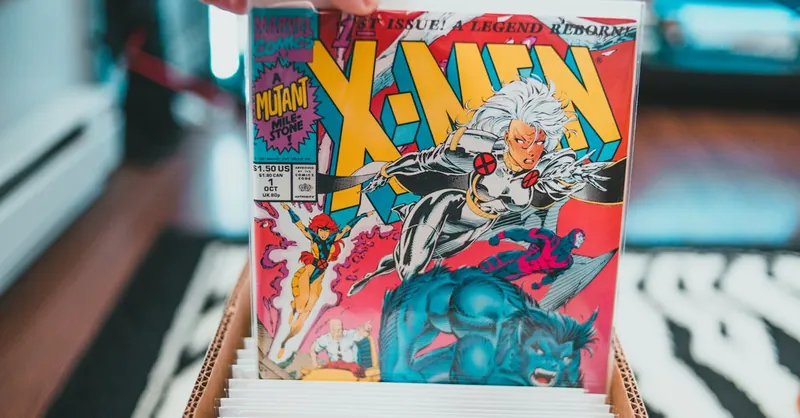
Image courtesy of Erik Mclean
Major X-Men Storylines for Beginners – Simple Summaries of Must-Know Comics and Movies
To truly appreciate the X-Men universe, it helps to start with some of the major storylines that have shaped the team’s legacy in comics and movies. These stories capture the heart of what makes the X-Men special, blending thrilling action with deep themes of identity, acceptance, and social conflict. Here’s a beginner-friendly overview of the most important X-Men arcs you should know:
-
The Dark Phoenix Saga
One of the most iconic X-Men comic storylines, this arc follows Jean Grey as she becomes the host of the powerful and destructive Phoenix Force. The story explores her struggle with overwhelming power and the impact it has on her relationships and the X-Men team. This saga highlights crucial themes of inner conflict, sacrifice, and redemption. -
Days of Future Past
A classic storyline featuring a dystopian future where mutants are hunted by government-created Sentinels. The plot revolves around sending the consciousness of Kitty Pryde back in time to prevent this dark future. This story introduces ideas about fate, time travel, and standing up against oppression, making it a foundational piece in X-Men lore. -
X-Men: First Class (Movie)
This 2011 film offers a fresh entry point for new fans, exploring the origins of the X-Men during the 1960s. It shows how young mutants like Charles Xavier, Erik Lehnsherr (Magneto), and others come together amid political tension. The movie emphasizes the divide between peaceful coexistence and militant activism, making it a great introduction to mutant philosophies. -
Logan (Movie)
A darker, more mature take on Wolverine’s character and the X-Men world, Logan portrays an older, weary mutant facing his mortality and protecting a young mutant. Its emotional storytelling and grounded approach make it accessible for newcomers interested in character-driven narratives and the human side of mutant heroism. -
House of M
A major comic event where reality is altered by the mutant Scarlet Witch, creating a world where mutants are the dominant species. This storyline explores power dynamics, identity, and what it means to live in a world turned upside down, ultimately affecting the entire Marvel Universe. -
The Gifted (TV Series)
While not a comic or movie, The Gifted is a popular TV show set in the X-Men universe that focuses on ordinary families discovering their mutant children and navigating a world hostile to mutants. It’s an accessible way for beginners to understand mutant struggles without deep comic knowledge.
By exploring these major storylines—whether through comics, movies, or TV—you’ll gain a clearer picture of the X-Men’s world, their challenges, and the powerful messages woven into their adventures. Each story stands alone yet contributes to the ongoing narrative about identity, acceptance, and fighting for justice, making them perfect starting points for any new Marvel fan interested in mutants.
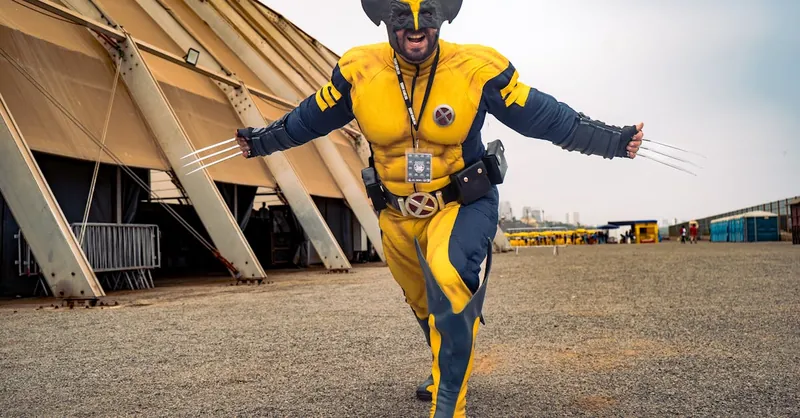
Image courtesy of Film eye
How X-Men Fit into the Marvel Universe – Connections and Crossovers with Other Heroes
The X-Men are a vital and interconnected part of the broader Marvel Universe, sharing the stage with many other superheroes while maintaining their distinct mutant identity. Although much of their story focuses on mutant-specific issues like discrimination and hidden powers, the X-Men frequently cross paths with iconic Marvel characters, making their universe feel deeply woven into the overall Marvel tapestry.
Key Connections with Other Marvel Heroes
-
Avengers
While the X-Men and Avengers often operate on different fronts—mutants versus Earth’s mightiest heroes—they've teamed up on numerous occasions to tackle threats that endanger all of humanity and mutants alike. Characters like Wolverine, Scarlet Witch, and Quicksilver have even been part of the Avengers, blurring lines between teams and showing the shared heroism across Marvel’s heroes. -
Fantastic Four
The Fantastic Four and X-Men have a long history of alliance and friendship. Both groups were created during Marvel’s “Silver Age” and share similar themes of family and teamwork. Crossovers often explore how mutants fit into a world already filled with heroes like the Human Torch and Mr. Fantastic, expanding mutant stories into broader cosmic or scientific threats. -
Spider-Man
Spider-Man’s path has crossed with the X-Men multiple times, highlighting the youth and outsider themes common to both. Stories featuring Spider-Man and the X-Men often focus on mentorship, acceptance, and the challenges of living with powers in a world that can be hostile. -
Brotherhood and Other Villains Impacting Wider Marvel Lore
Many mutant villains, especially from the Brotherhood of Mutants, have tangled with villains and heroes beyond the X-Men. This includes encounters with broader Marvel antagonists like Doctor Doom or the Red Skull, which situates mutants within the grander Marvel Universe battles.
Why These Crossovers Matter for New Fans
Understanding the X-Men’s connections and crossovers gives new fans a clear idea of how mutant stories fit into the Marvel Universe. These team-ups and shared villains create richer narratives, showing that mutants are not isolated but an essential part of Marvel’s complex, exciting superhero world. Whether you’re watching movies, reading comics, or enjoying TV shows, recognizing these links helps you appreciate the X-Men’s role alongside heroes like the Avengers, Fantastic Four, and Spider-Man—making Marvel’s universe a more cohesive and thrilling experience.
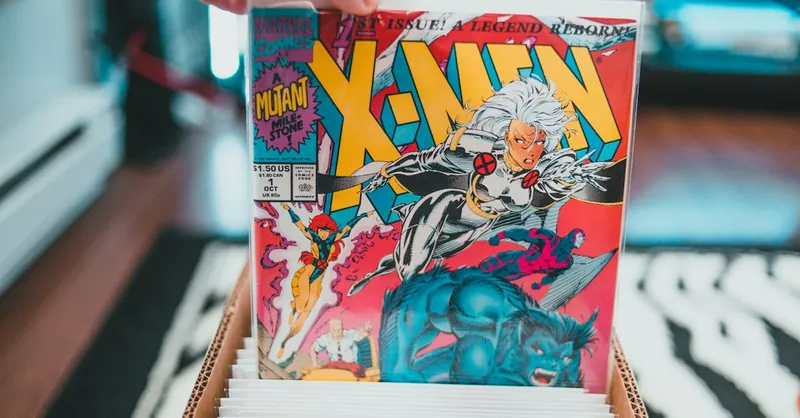
Image courtesy of Erik Mclean
X-Men in Pop Culture – Impact on Movies, TV Shows, and Fan Communities
The X-Men have left an undeniable mark on pop culture, shaping how mutants and superhero stories are perceived across movies, television, and fan communities worldwide. With their unique blend of action, social commentary, and character-driven drama, the X-Men have become a cultural phenomenon beyond comic books, influencing generations of fans and creators.
Influence on Blockbuster Movies
Starting with the groundbreaking X-Men film in 2000, the franchise helped launch the modern era of superhero cinema. The success of the X-Men movies showed Hollywood that stories about outsiders and social struggle could resonate with a wide audience—combining spectacular mutant powers with relevant themes of diversity and discrimination. Films like X-Men: Days of Future Past and Logan deepened this impact by delivering critically acclaimed stories that appeal to both casual viewers and longtime fans. These movies introduced iconic characters such as Wolverine and Professor X to mainstream audiences, making them household names and expanding Marvel’s reach globally.
Expanding Presence on Television and Streaming
Beyond the big screen, the X-Men have inspired several popular TV shows like X-Men: The Animated Series in the 1990s and more recent entries such as The Gifted. These series provide accessible entry points for newcomers, exploring mutant stories in episodic formats that highlight personal struggles and societal issues. Streaming platforms continue to develop X-Men related content, ensuring the mutants remain relevant in the evolving landscape of superhero media.
A Thriving and Diverse Fan Community
The X-Men universe has also fostered an enthusiastic and diverse fan community that celebrates the franchise’s core themes of acceptance and identity. From passionate comic book readers to cosplay enthusiasts and online forums, fans connect over shared admiration for mutant characters and their stories. The X-Men’s emphasis on diversity resonates particularly with marginalized groups, who see themselves reflected in characters facing adversity and fighting for equality. This ongoing fan engagement keeps the mutant legacy vibrant, fueling new content and interpretations across all media.
In summary, the X-Men’s imprint on pop culture extends far beyond their comic origins. Their presence in films, television, and fan communities highlights their lasting appeal, cultural relevance, and ability to inspire—making the X-Men a cornerstone of Marvel’s storytelling universe accessible to both casual fans and newcomers alike.
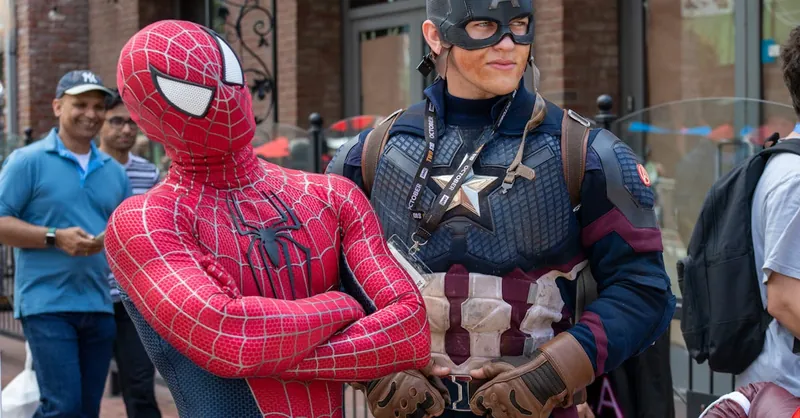
Image courtesy of Thom Gonzalez
